(QBĐT) - During my university years in Hanoi, I rented a room at Mr. Nguyen Van Minh's house near Nga Tu So market in Dong Da district. Mr. Minh was a soldier who fought in the Tri Thien battlefield during the resistance war against the US to save the country. Knowing that I was from the Central region, he had a special affection for me, often telling me about the memories of each land he passed through: Gianh River, Ba Trai road, Cu Nam, Long Dai ferry, Road 9-Khe Sanh, Quang Tri ancient citadel... 50 years after the reunification of the country, I had the opportunity to return to Ba Trai road, following the exact marching route to the battlefield of the soldiers in the past in Quang Binh, including Mr. Nguyen Van Minh.
Ba Trai Street... "slices" of history
From Cao Lao Ha village of the old Ha Trach commune, now Ha My commune (Bo Trach), turn right to Ba Trai road. Go about 2km to reach Oan mountain where there is the historical and cultural relic of the tomb of the famous general Can Vuong Le Mo Khai (also known as Le Mo Khoi, Le Tuan, Le Ngoc Thanh).
General Le Mo Khai (1836-1895) was from Cao Lao Ha village, passed the bachelor's exam at the age of 26, and served as an official under the Nguyen Dynasty, holding the position of An Sat of Hai Duong province. In 1885, the capital Hue fell, King Ham Nghi fled to Quang Tri province, issued the Can Vuong edict, calling on all people to help the king fight the French and save the country. Responding to the Can Vuong edict, General Le Mo Khai recruited insurgents in the region, built the Trai Nai base on Le De mountain to plan a long-term fight against the French. The Trai Nai base of Le Mo Khai's insurgents was divided into 3 camps including the upper camp, the middle camp and the lower camp, so the people called this land Ba Trai mountain or Ba Trai station and the road through here was also named Ba Trai.
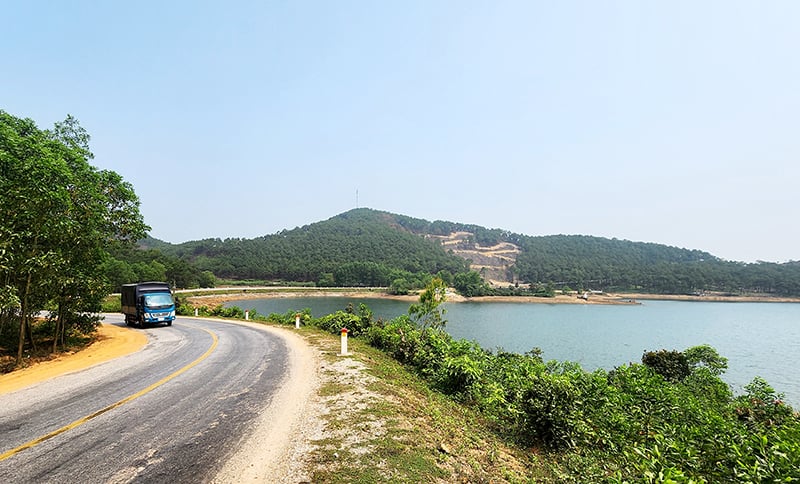 |
During the resistance war against the US to save the country, around the end of 1966, the Ministry of Transport and Quang Binh province advocated opening an additional strategic support route from Gianh ferry through Ha Trach, up to Ba Trai, into Cu Nam commune at Tho Loc intersection, 11km long, then connecting with Highway 15 and Highway 20 Quyet Thang of the Ho Chi Minh road system.
Fighting and serving the battle to ensure the Ba Trai traffic route is always open is the Youth Volunteer Force (TNXP) of the N119 Youth Volunteer Team established on the basis of merging 3 TNXP companies C759 (Tuyen Hoa); C751 (Bo Trach) and C752 (Quang Trach). Although only 11km long, along the route, hundreds of soldiers, TNXP, and people have heroically fallen because of American bombs and bullets, "the road is not yet open, no blood or effort is spared".
Traveling on Ba Trai road, we were told by many former Youth Volunteers in Ha My and Cu Nam communes about the heroic example of defusing a time bomb by Tran Duc He and Ho Van Niem, both from Tuyen Hoa district, on January 4, 1968. At the living memorial service, "Time Bomb Defuser" Tran Duc He promised: Even if I have to sacrifice my life, I will still die for the Fatherland, I will live. Our blood may be shed, but Ba Trai road will never be blocked. And they fell on Ba Trai road. In 2013, martyr Tran Duc He was posthumously awarded the title of Hero of the People's Armed Forces by the President.
Memories of "One Night Village"
During the resistance war against the US, Cu Nam was the base of Military Station 26, Truong Son Army. The station received and transported more than two million soldiers safely to and from the battlefield via Ba Trai Road. During the period 1969-1973, soldiers on their way to Cu Nam stayed in Cu Nam for one night to go to the South or North the next morning. The name "One Night Village" has been around since then.
The women of Cu Nam devoted all their love and affection to the soldiers. Yet the human affection of “One Night Village” followed the soldiers throughout their lives: “A few vegetables and pickles, cassava and sweet potatoes mixed with seasonal rice, that’s all/When they were full, the children still smiled/Oh, mothers, the burnt rice in the pot was still fragrant/In a moment, they were on their way/How many children became children of the village”... “How warm and innocent, how numb, how numb/For a peaceful night/To stay/The heart/Always anchored/A village name/The village of mothers and girls” (The epic poem “Echoes of Cu Nam” by author Tran Hai Sam, a native of Cu Nam-PV).
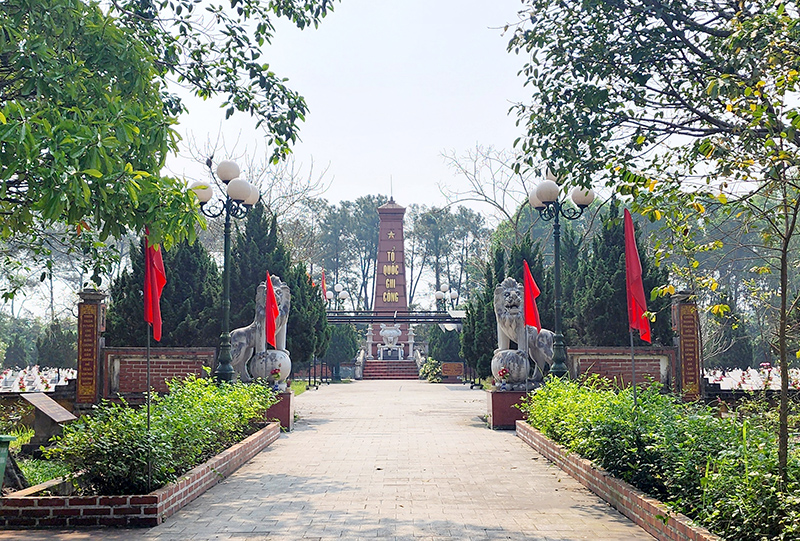 |
During the 8 years of war to destroy the North, the US imperialists mobilized 2,594 aircraft of all kinds to attack Cu Nam, dropping 55,497 bombs on this land of less than 10 square kilometers; B52 aircraft carpet-bombed 12,600 tons of bombs. On average, each Cu Nam resident suffered 16 bombs. The whole commune had 268 dead, 221 injured, 658 houses damaged; infrastructure was severely damaged. Despite the pain and loss, the people of Cu Nam remained steadfast, loyal, and opened their hearts to welcome the soldiers home to protect and shelter them.
The day we returned to Cu Nam, we visited the National Historical Site of the “Model Fighting Village” during the resistance war against the French and met many people in Trung Nam village. The image of “soldiers returning to the village” is still intact in the memories of the people. Mr. Nguyen Van Quang said: At that time in Trung Nam, the families of Mr. Nguyen Thuy, Nguyen Mien, Phan Dan... had many soldiers. The people, the children, the mothers, the sisters gathered around the soldiers, and whatever delicious food they had was given to the soldiers...
“My father Nguyen Van Khang’s house had soldiers staying there every day. They would come and leave the next morning. At that time, I was still young, and every night I would stay close to the soldiers and listen to their stories,” added Nguyen Van Phu, a resident of Trung Nam village.
For veteran Nguyen Van Minh in Hanoi, after 50 years of national reunification, he still longs to return to Quang Binh: "I have been to Truong Son Martyrs' Cemetery, Road 9, Quang Tri Citadel to burn incense for my comrades, but I have not had the opportunity to visit Quang Binh, follow the old marching route, visit Cu Nam, where I and my comrades lived in the love of the simple, honest people just one night before going to the battlefield...".
| From the historical and cultural relic of the tomb of the famous general Can Vuong Le Mo Khai to Tho Loc intersection, Ba Trai road today has been upgraded and expanded, running under the immense green pine forests. The vestiges of war have receded into the past, leaving the land of Ba Trai and Cu Nam peaceful. At the end of the April journey on Ba Trai road, we went to burn incense in gratitude at the Tho Loc Youth Volunteer Martyrs Cemetery, the resting place of 561 Youth Volunteer Martyrs of Group 67. |
Dragon Fruit
Source: https://www.baoquangbinh.vn/phong-su/202504/thang-tu-tren-duong-ba-trai-2225511/




![[Photo] National Assembly Chairman Tran Thanh Man attends the ceremony to celebrate the 1015th anniversary of King Ly Thai To's coronation](https://vstatic.vietnam.vn/vietnam/resource/IMAGE/2025/4/13/6d642c7b8ab34ccc8c769a9ebc02346b)
![[Photo] National Assembly Chairman Tran Thanh Man attends the Policy Forum on Science, Technology, Innovation and Digital Transformation](https://vstatic.vietnam.vn/vietnam/resource/IMAGE/2025/4/13/c0aec4d2b3ee45adb4c2a769796be1fd)
![[Photo] Prime Minister Pham Minh Chinh chairs the Government's special meeting on law-making in April](https://vstatic.vietnam.vn/vietnam/resource/IMAGE/2025/4/13/8b2071d47adc4c22ac3a9534d12ddc17)
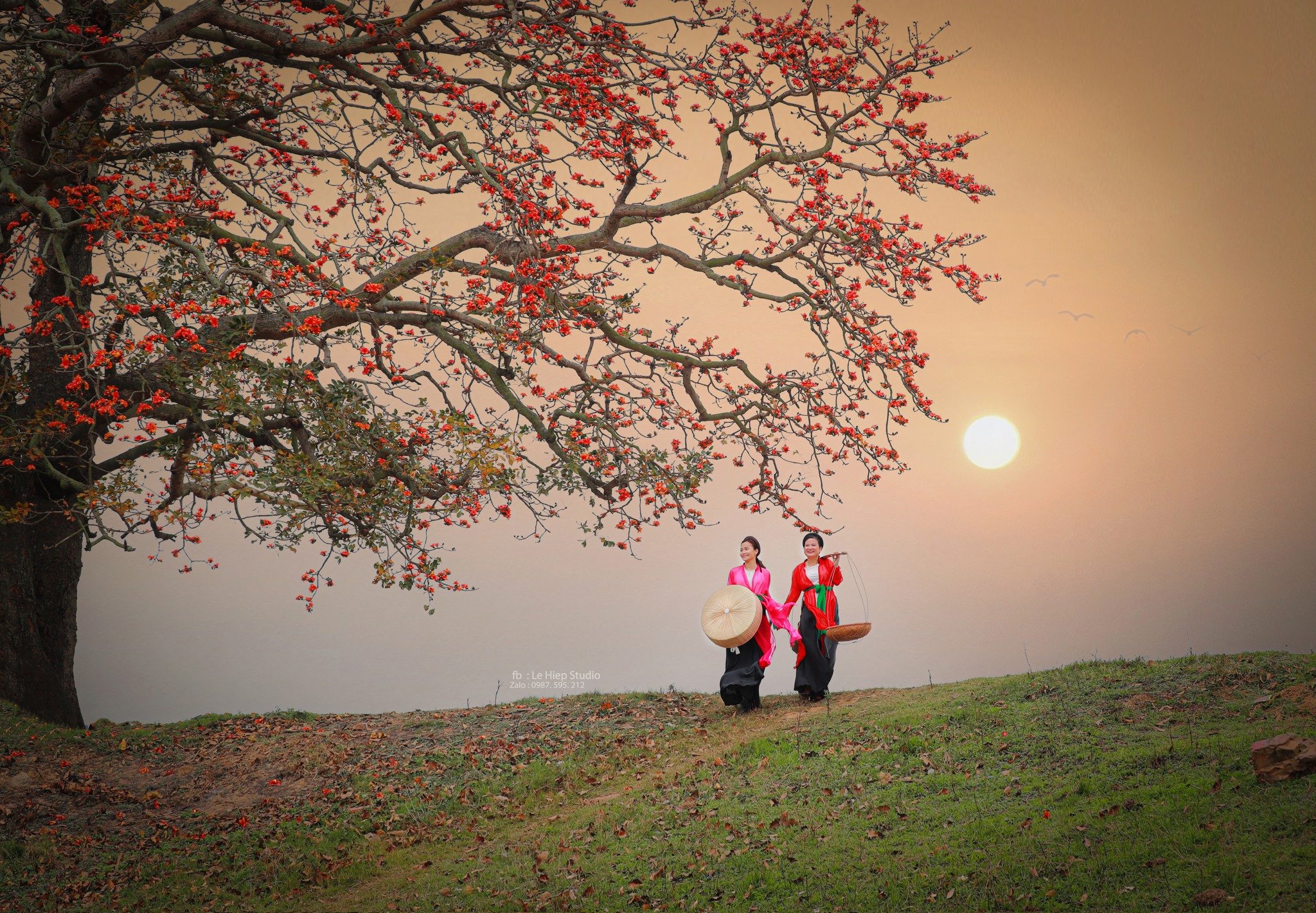
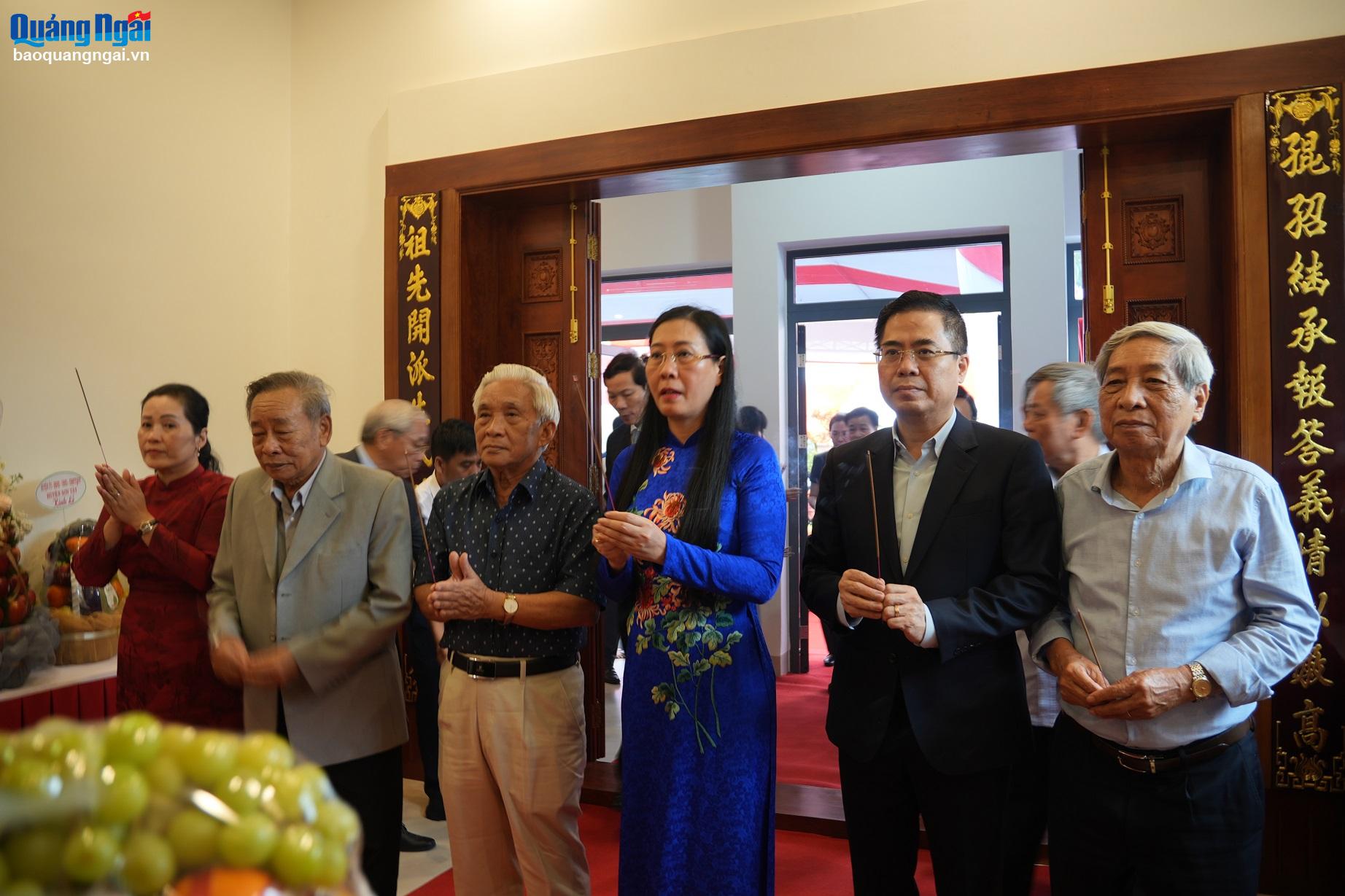

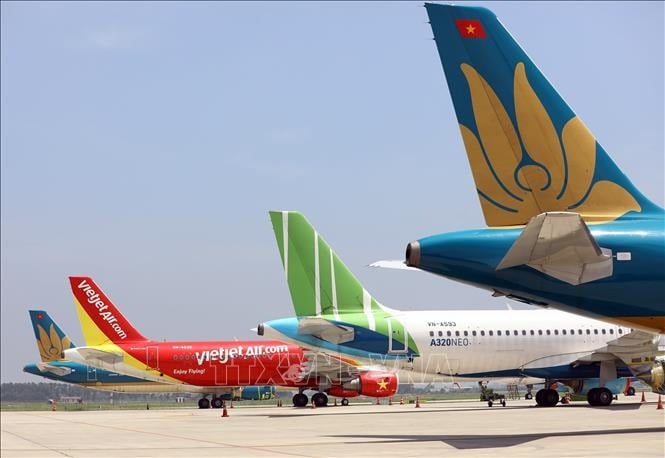
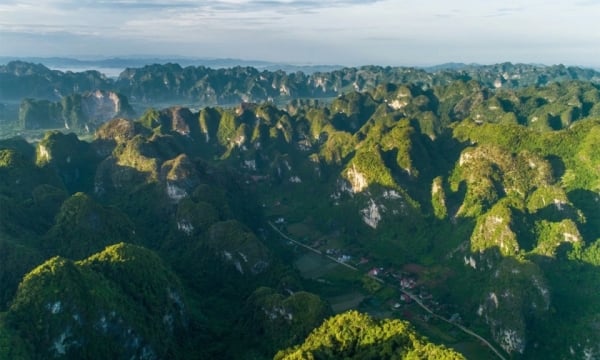



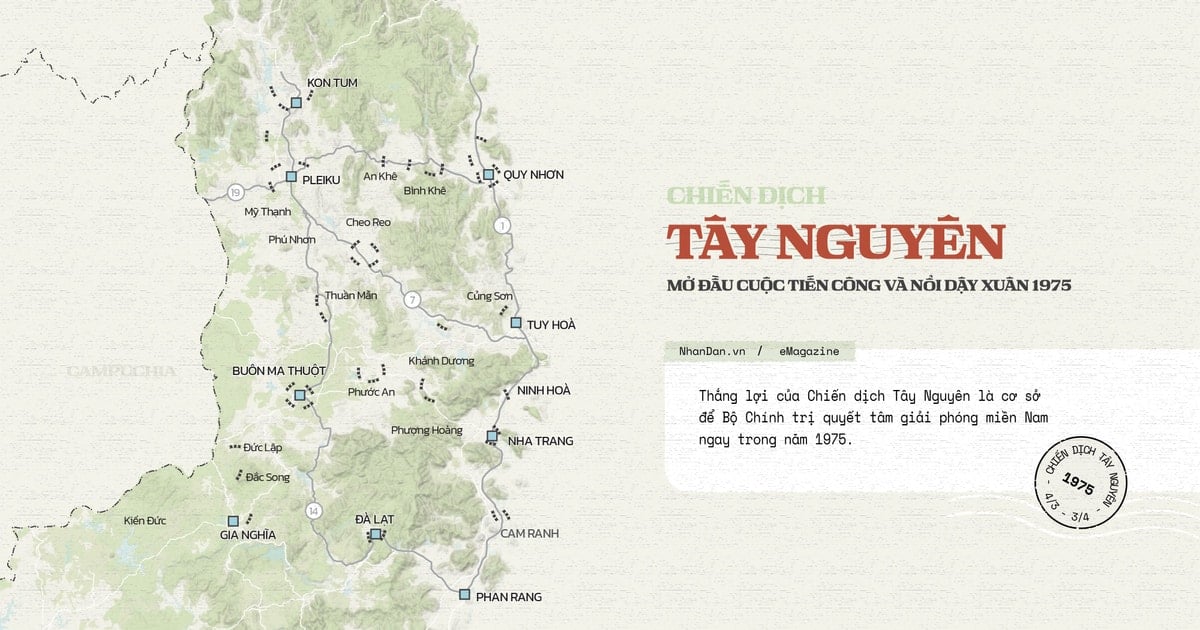
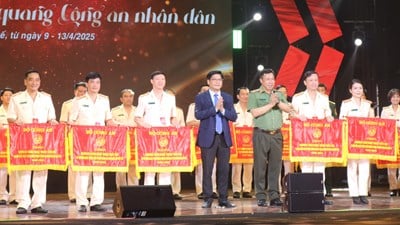


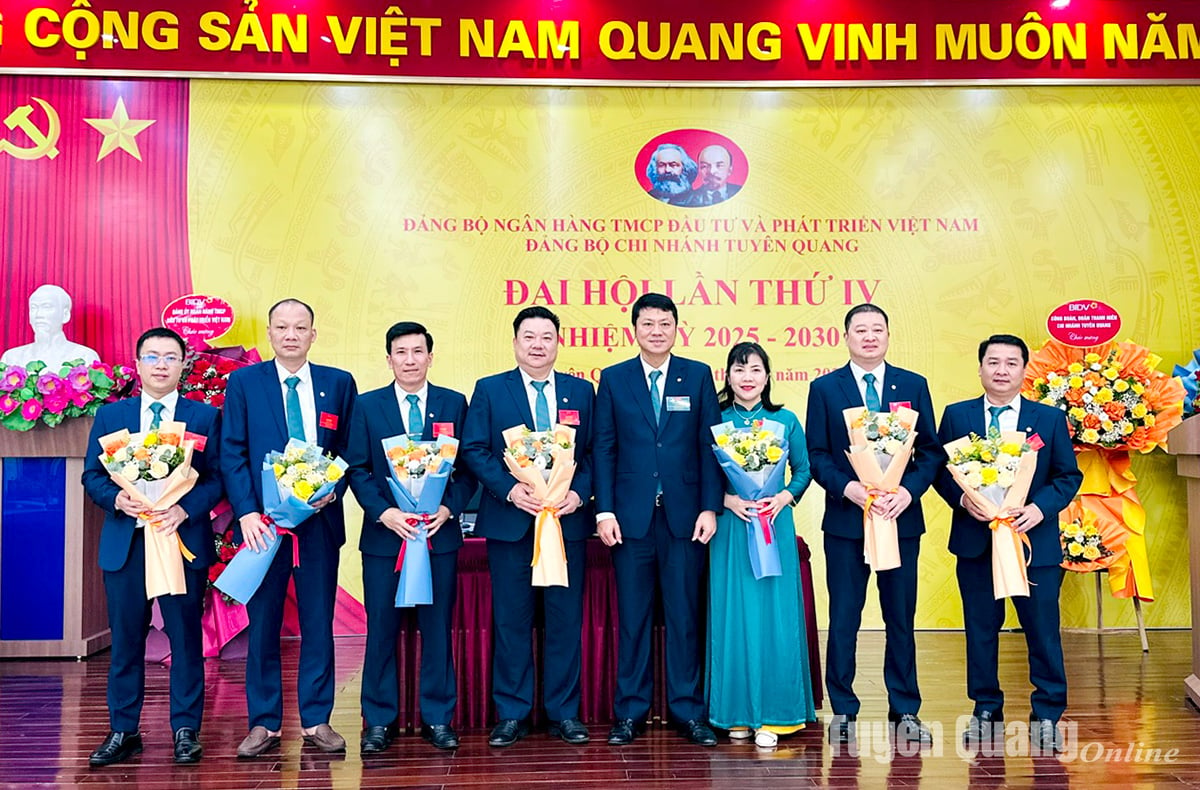





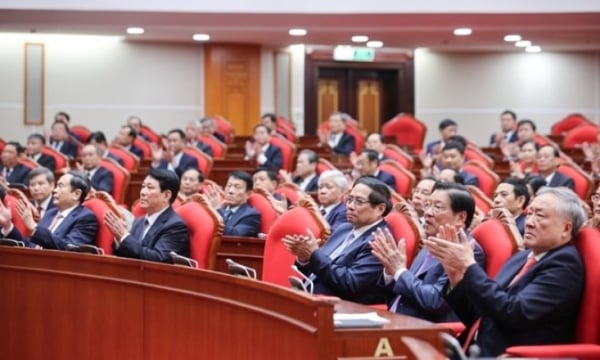

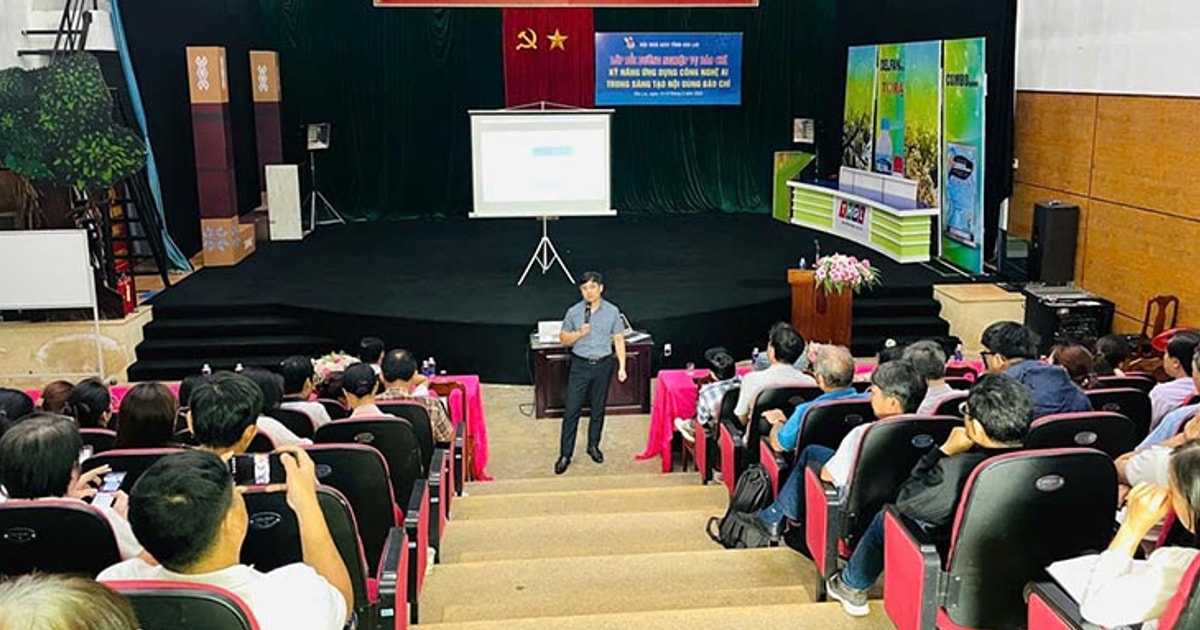

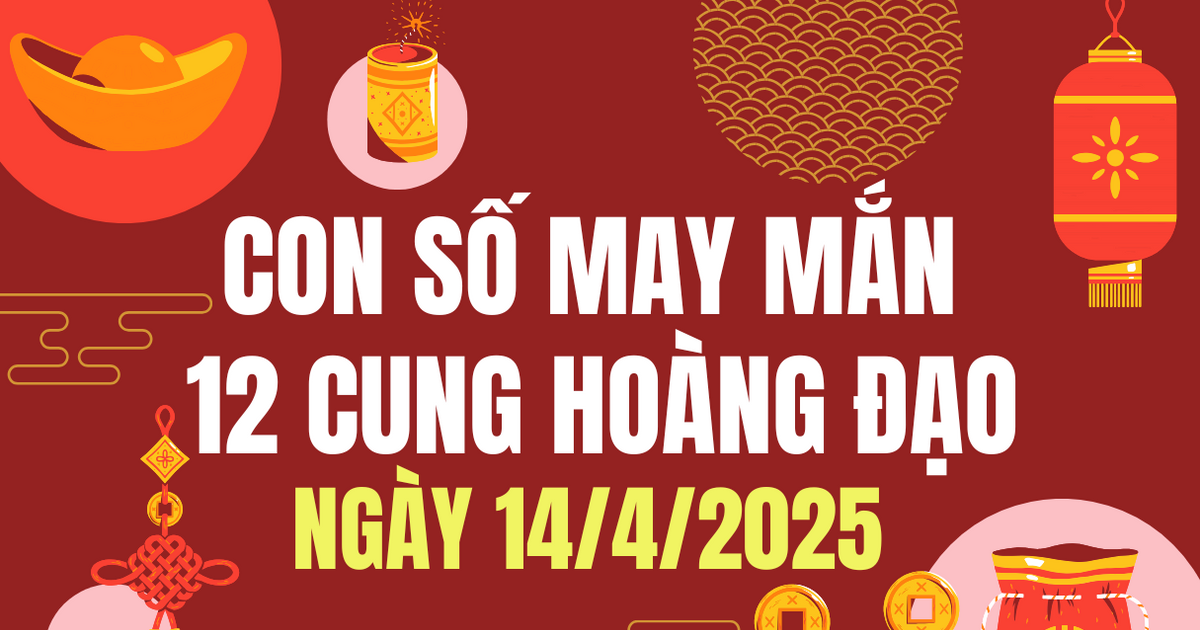
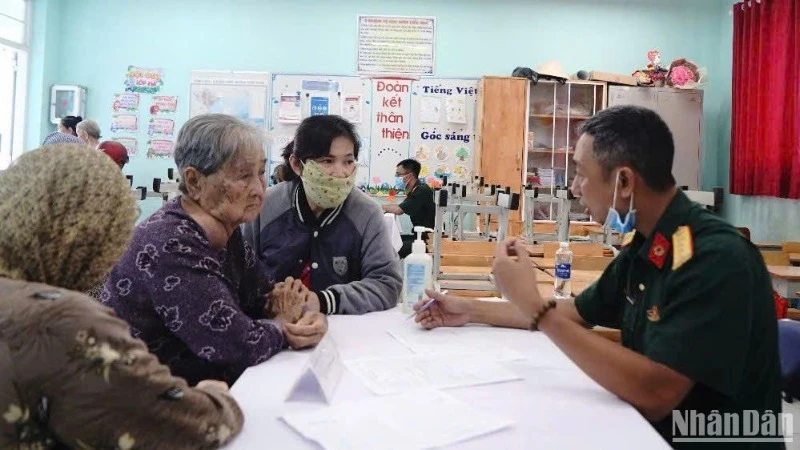












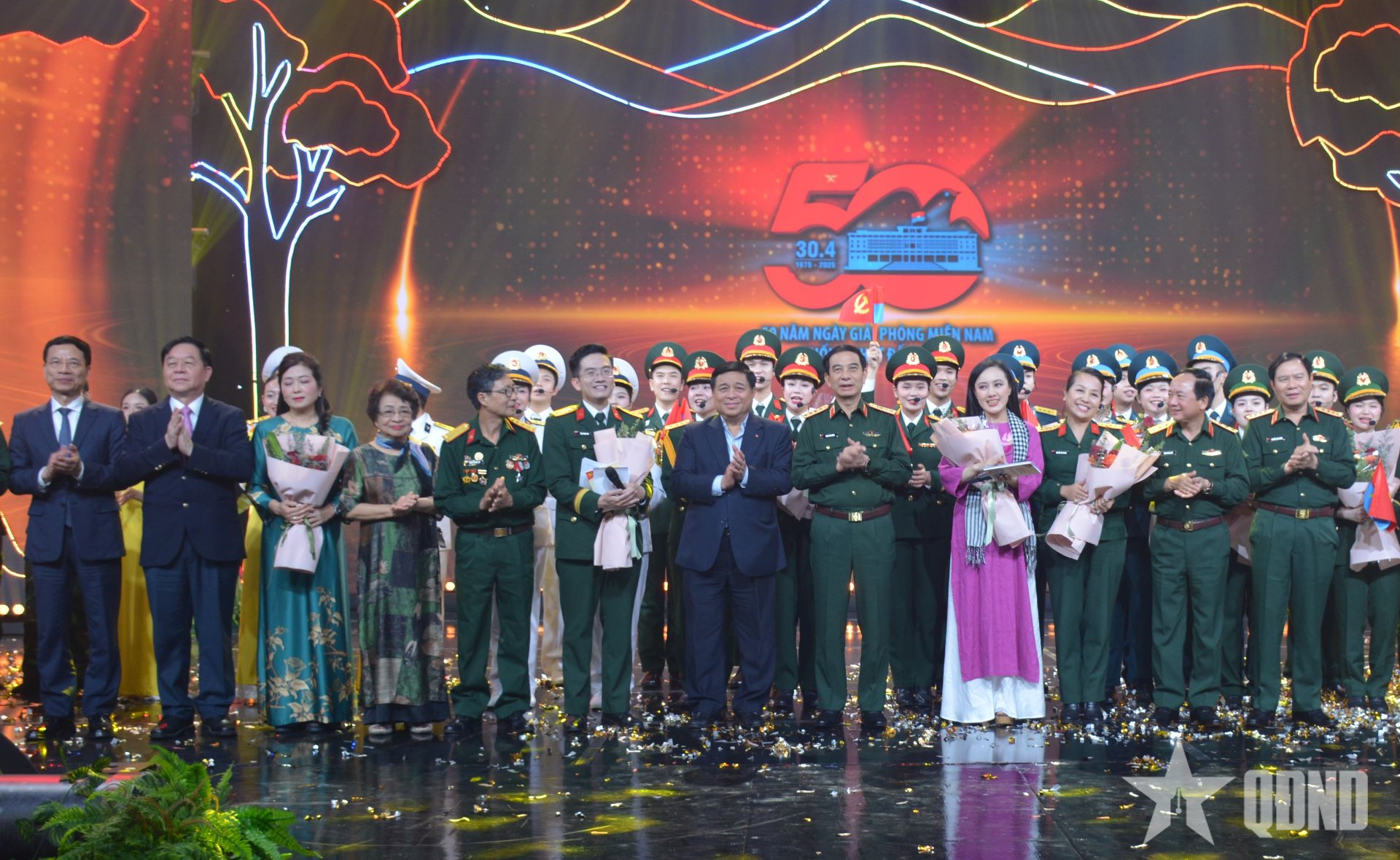

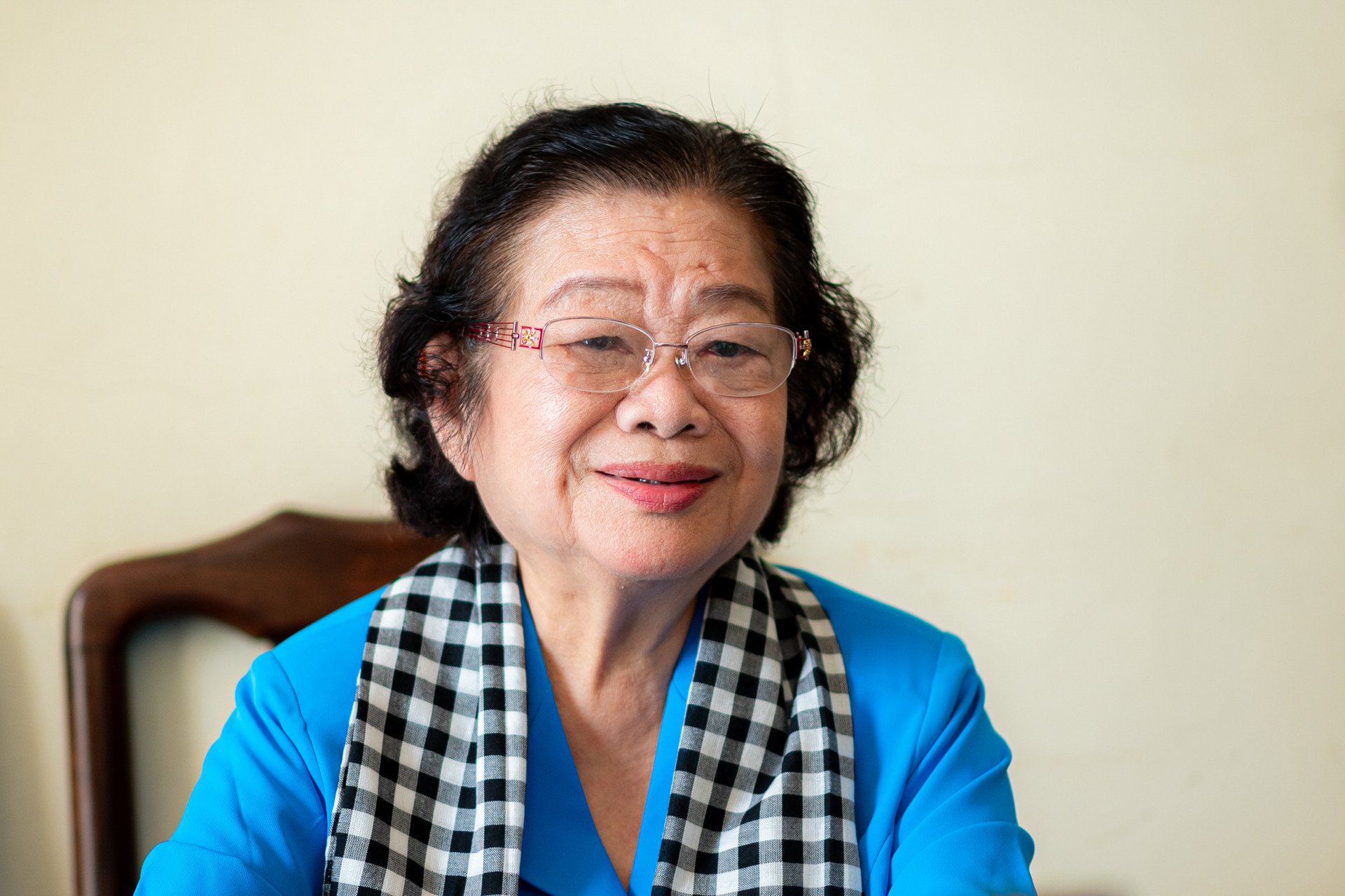


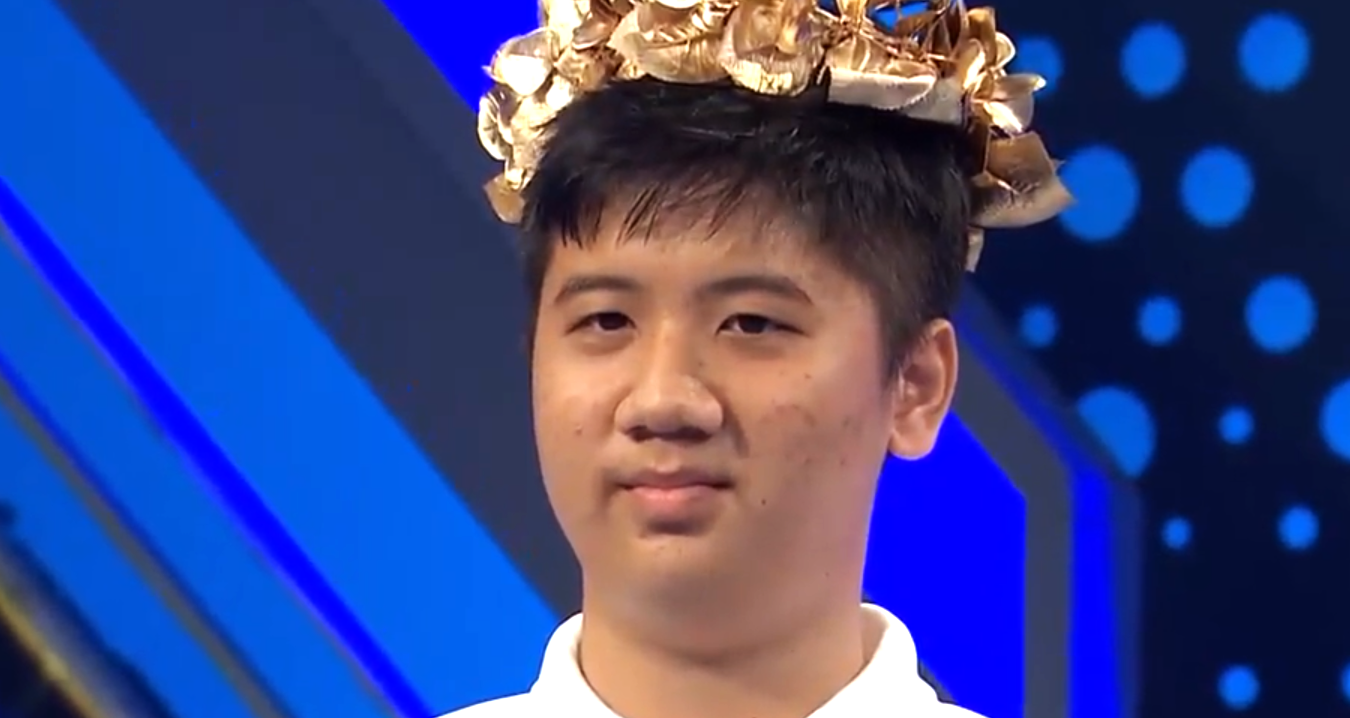










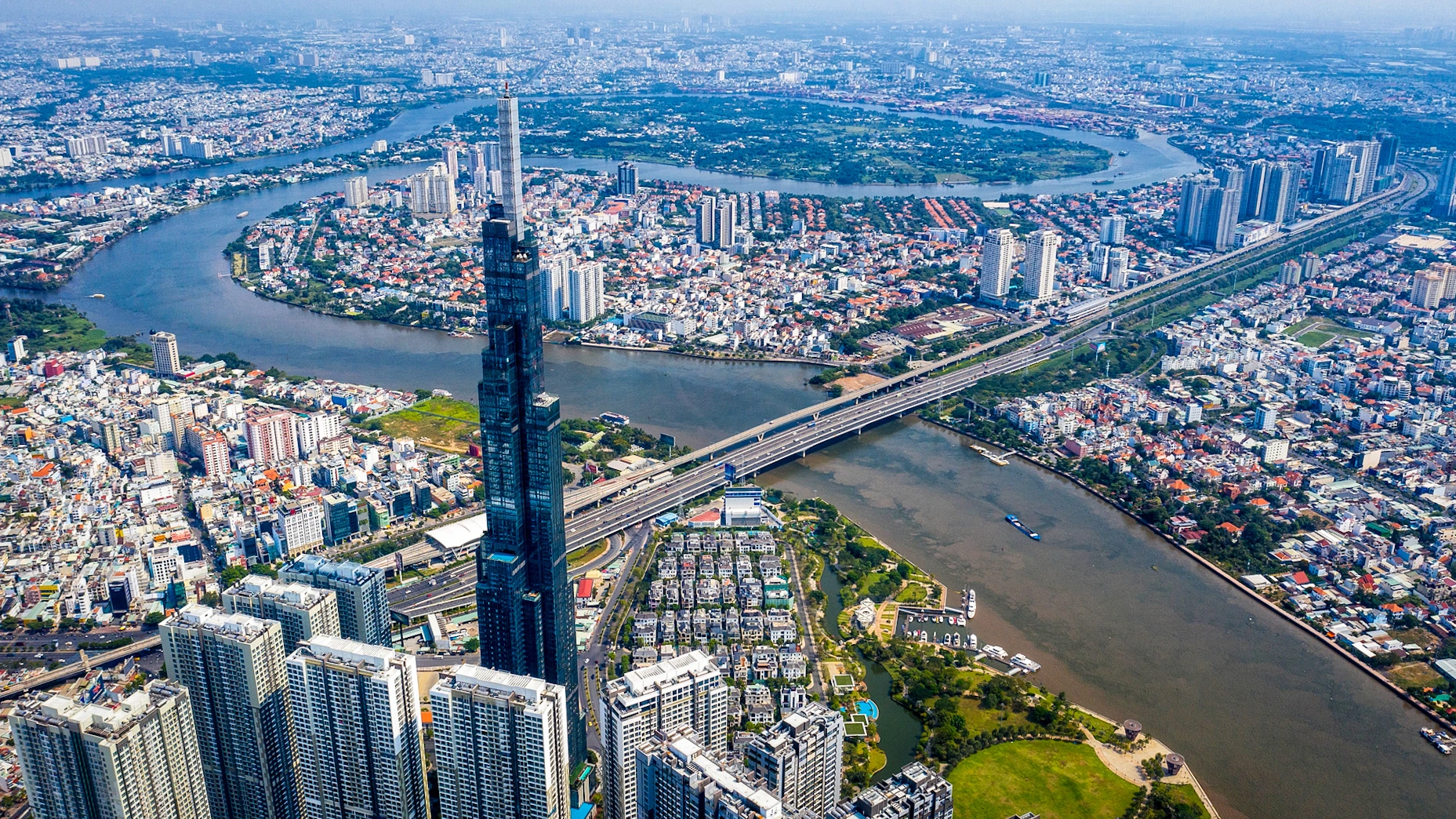





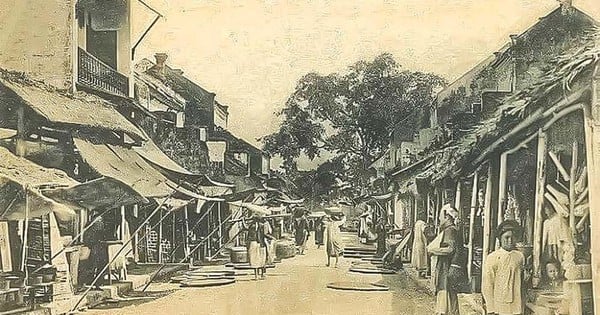

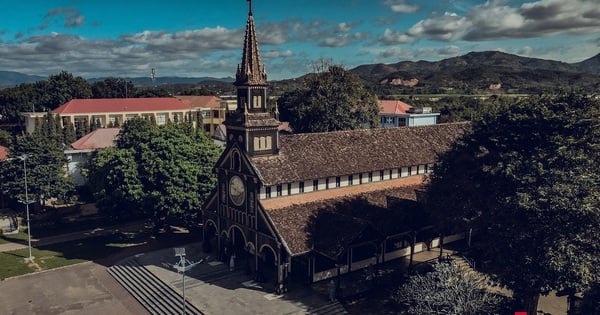
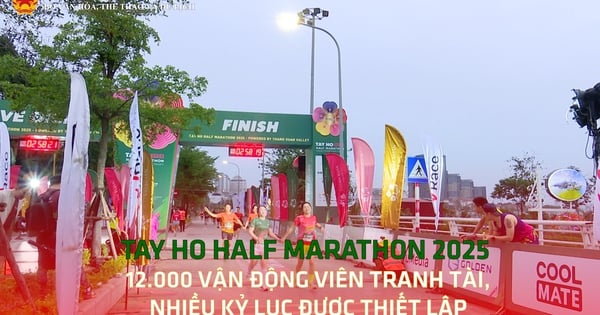







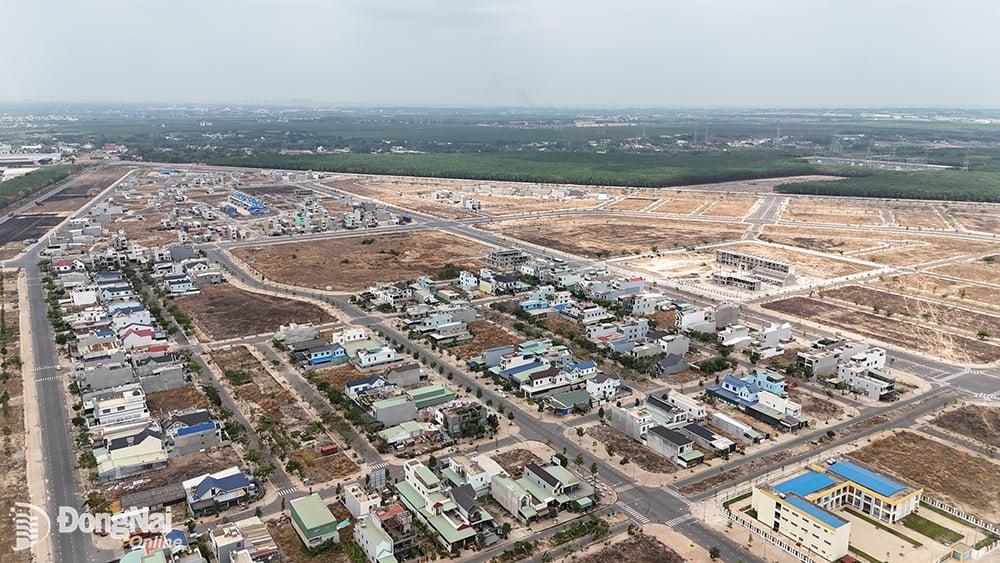

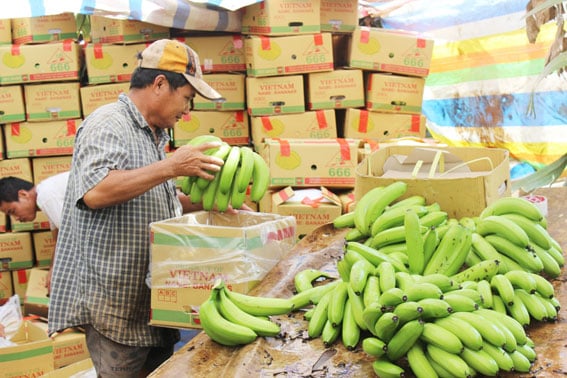











Comment (0)